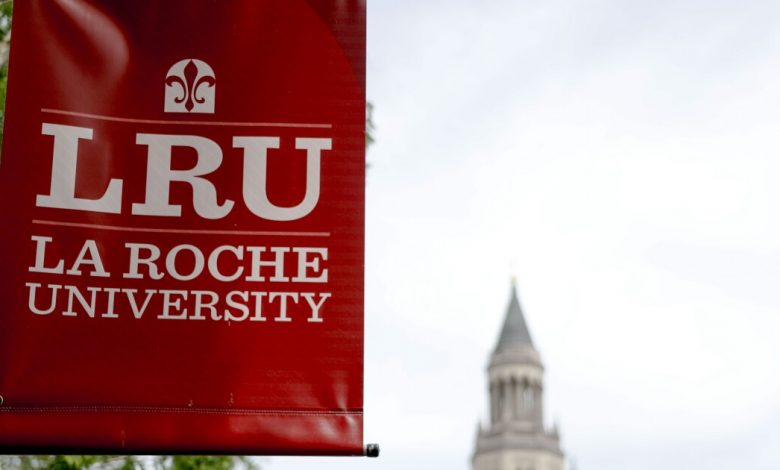What’s in a Name? An Enrollment Increase, When a College Becomes a University

In a 15-year period starting in 2001, more than 120 four-year colleges made a small but significant switch: They dropped “college” from their name, and added “university.” And in many cases, that change has paid off, according to a paper published online Tuesday by the journal Economics of Education Review.
Riley K. Acton, an assistant professor of economics at Miami University of Ohio, set out to understand the significance that changing the name of an institution can have, and found that many colleges saw a near-immediate bump in enrollment when they transitioned to “university.”
According to Acton’s paper, the number of first-time students increases by an average of 5.2 percent in the first five years following the name change, and by 7.2 percent six or more years after. The total number of undergraduate full-time-equivalent students also increases, by 3.1 percent and 5.4 percent, respectively, in the same time frames.
The perks are also usually bigger for colleges that make the change before their neighbors. And Acton’s research shows that the promotion can put other institutions in the same region at a disadvantage. Colleges can suffer reductions in enrollments, awards, and revenues when their peers in the same market become universities.
“When one institution does something that makes them a bit more attractive to students, such as calling themselves a university, I think it’s pretty natural that more students might go to that institution,” Acton said. “But that might mean there are fewer students going to other institutions.”
The shift from “college” to “university” typically signals an increased focus on graduate education, while people generally think of colleges as concentrating on undergraduate studies.
“There is some truth to that … but it is not a complete dichotomy,” Acton said. In the U.S. the terms are used somewhat interchangeably.
She said, for example, that in 2016 Boston College enrolled more students than 77 percent of universities did and awarded more graduate degrees than 86 percent. Meanwhile, Finlandia University, in Michigan, enrolled fewer students than 94 percent of colleges and awarded no graduate degrees.
Colleges also tend to be smaller institutions, enrolling an average of 2,520 students, compared with 10,145 at universities, according to the paper.
The decision to add “university” to an institution’s name often comes as it commits to invest in more in programs, especially those offering graduate degrees, Acton said. It also offers a chance for the institution to highlight its academic excellence and standing.
Daemen University, in Amherst, N.Y., and Touro University, in New York City are among the institutions that have already made the college-to-university change this year.
Daemen’s new university status will level the playing field for recruitment, Karen McMahon, a member of the New York State Assembly, said in a news release.
“Now as Daemen secures university status, Daemen can keep and attract even more students from far and wide, building on its reputation, and writing a new chapter in its history,” said McMahon, whose district includes Amherst, N.Y.
Alan Kadish, Touro University’s president, said in a news release that the shift to university status represents his institution’s “commitment to academic excellence and growth through innovative programs and opportunities in higher education.”
Acton’s paper, “Is a name change a game change? The impact of college-to-university conversions,” will appear in the June 2022 issue of Economics of Education Review.
Source link






